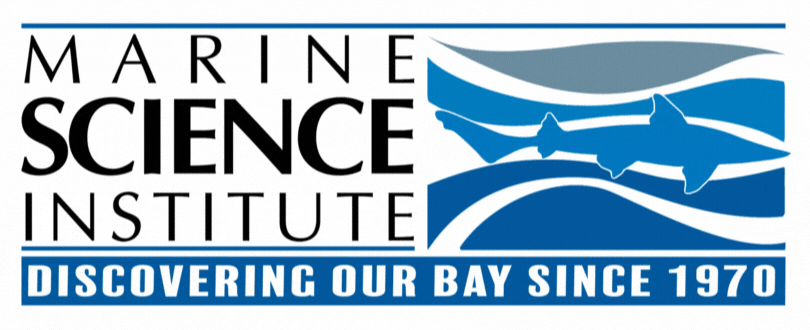For thousands of years, the structure of California mussel shells remained consistent -- long cylindrical crystals were laid in neat vertical rows. More modern shells collected in the past 15 years have crystals that are "small and disoriented", according to a new study out of Florida State University.

When ready to build a shell, mussels lay down a matrix of calcium carbonate (the same hard structure comprising corals, shells of marine snails, and it is the main component of pearls), which are ordered and organized later. The shells gathered over the last 15 years seem to leave the calcium carbonate disordered and disoriented as smaller crystals. The more modern shells also have elevated levels of magnesium, which is a sign that shell formation has been disrupted and the animal has less control over the structure it is making.

What is causing these disorganized shell structures?
According to this study, the lack of a structural organization corresponds with escalating rates of ocean acidification. Accelerating ocean acidification is actually transforming the mineralogical makeup of mussel shells, which were previously unchanged for centuries!
The news of environmental stressors affecting makeup may not be all bad and this doesn't mean doomsday for California mussels! The FSU leaders of the study shed a glimmer of hope and conclude that the recent changes result in variability. With climate change and ocean acidification occurring faster than what the Earth has experienced before, variability is key to species survival and the process of natural selection.
Interested in reading more? Check out the press release from Florida State University.
Journal reference:
McCoy, Sophie J., N.A. Kamenos, P. Chung, T.J. Wootton, and C.A. Pfister. 2018. A mineralogical record of ocean change: Decadal and centennial patterns in the California mussel. Global Change Biology, 2018. DOI:10.1111/gcb.14013.





